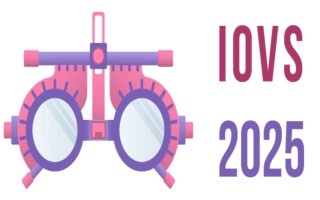Vision and Eye Movements
Vision and Eye Movements
Eye movements provide measurable insights into cognitive and visual processing. The four main types—saccades, smooth pursuit, vergence, and vestibulo-ocular—offer valuable information. While long-studied, recent decades have seen eye movement quantification yielding significant psychological insights into reading, visual search, and scene perception. Occurring every 200-350 milliseconds, these movements direct the fovea, the retina's high-resolution center, to process points of interest more intensely. This dynamic process aids reading, target examination, and scene observation.
- Foveal Vision
- Scene Perception
- Eye Movements and Visual Search
Related Sessions
Tags
- Eye Movements Conferences
- Eye Movements Conferences 2025
- Eye Movements Congress
- Eye Movements Meetings
- Eye Movements Events
- Eye Movements Summit
- Eye Movements Symposium
- Global Conference on Eye Movements
- Vision and Eye Movements Conferences
- Vision and Eye Movements Conferences 2025
- World Congress Vision and Eye Movements Meetings
- Vision and Eye Movements Summit
- Vision and Eye Movements Symposium
- Vision and Eye Movements Seminars
- Vision and Eye Movements Workshops
- Vision and Eye Movements Meetings 2025
- Vision and Eye Movements Congress 2025
- Hybrid Event on Vision and Eye Movements
